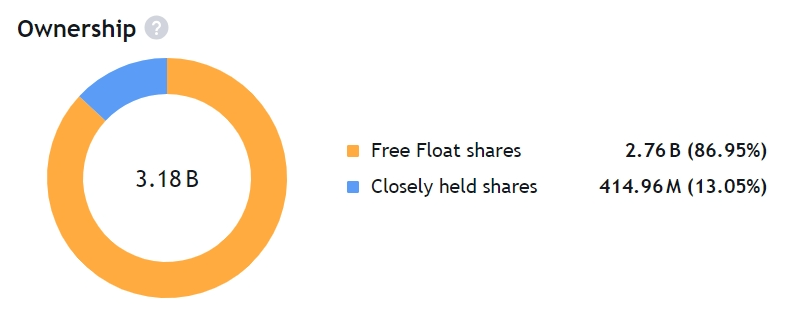所有权(Ownership)

公司的所有权结构是指股份在不同类型的股东(如内部人士、机构投资者、散户投资者和外国投资者)之间的分配。所有权结构对公司的业绩、治理和估值具有重大影响。
所有权结构的一个方面是自由流通股,即公开交易并可供任何人购买的股份百分比。自由流通股反映了公司股票的流动性和适销性,以及价格波动和收购要约的可能性。较高的自由流通股通常表示市场操纵风险较低,估值较高。
所有权结构的另一个方面是阻止股权,即可以影响或阻止某些公司行为(如并购、股息支付、董事会任命和战略决策)的大量持股。阻止股权可以由内部人士(如创始人、经理或家庭成员)持有,也可以由外部投资者(如激进股东或恶意收购者)持有。阻截股权可能会对公司的业绩和治理产生积极或消极的影响,这取决于持有者的动机和利益。
因此,了解公司的所有权结构对于投资者、分析师、监管机构和其他利益相关者来说非常重要,因为他们希望了解影响公司行为和价值的动态和激励因素。